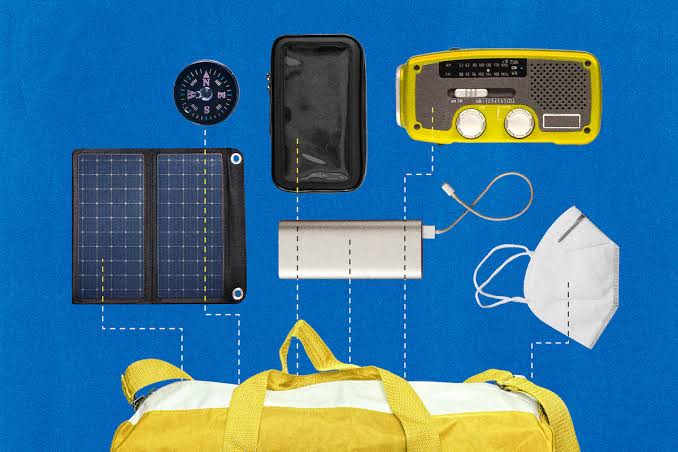Digital cameras have transformed the world of photography, offering convenience, flexibility, and creative control that traditional film cameras could not match. Whether for professional work or personal enjoyment, they provide numerous advantages that have made them the preferred choice for many photographers in 2025. From instant image previews to advanced editing capabilities, the benefits are both practical and artistic.
Instant Image Review and Feedback
One of the biggest advantages of digital cameras is the ability to instantly review images after taking them. This feature allows photographers to check exposure, composition, and focus on the spot, making it possible to retake shots immediately if needed.
This instant feedback eliminates the uncertainty associated with film photography, where photographers had to wait until film was developed before seeing the results. For events like weddings or sports, being able to make quick adjustments ensures better outcomes and reduces missed opportunities.
High Image Quality and Resolution
Modern digital cameras deliver exceptional image quality, with many models offering resolutions of 20 megapixels or higher. This high resolution captures fine details, allowing for larger prints without losing clarity.
Advanced image sensors also perform well in low-light conditions, producing sharp, noise-free images that were once difficult to achieve without specialized film. This makes digital cameras suitable for a wide range of photography styles, from landscapes to portraits to night scenes.
Cost Efficiency Over Time
While the initial cost of a digital camera may be high, the ongoing savings are significant compared to film photography. There is no need to purchase rolls of film or pay for development and printing for every image.
Photographers can take hundreds or thousands of shots without additional cost, which is especially beneficial for practice sessions, event coverage, and experimentation with different techniques. Over time, the savings can easily offset the price of the camera.
Flexibility in Storage and Sharing
Digital cameras store images on memory cards, which can hold thousands of photos depending on resolution and file size. This eliminates the need to carry multiple rolls of film and makes it easier to organize and manage images.
Sharing is also more convenient. Photos can be quickly transferred to a computer, smartphone, or cloud storage, and sent to clients, friends, or social media within minutes. This is particularly valuable for professional photographers who need fast turnaround times.
Creative Control Through Settings
Digital cameras give photographers full control over settings such as shutter speed, aperture, ISO, and white balance. This allows for precise adjustments that influence how light, motion, and color are captured.
Many models also offer built-in creative modes, filters, and effects, enabling photographers to experiment without needing post-processing software immediately. This level of control encourages creativity and helps photographers refine their unique style.
Non-Destructive Editing and RAW Files
Shooting in RAW format allows photographers to capture the maximum amount of image data, which can then be edited without degrading quality. This flexibility means mistakes in exposure or color balance can often be corrected during post-processing.
Unlike film negatives that could be easily damaged, digital files remain safe when backed up, ensuring that the original version of an image is always preserved. This gives photographers peace of mind and greater control over their final results.
Versatility for Various Photography Needs
Digital cameras are designed to handle a wide variety of situations, from studio portraits to fast-moving sports and wildlife photography. Interchangeable lenses, external flashes, and other accessories make it possible to adapt to different environments quickly.
Compact digital cameras and mirrorless systems also offer lightweight alternatives for travel and street photography, making it easier to capture high-quality images on the go without heavy equipment.
Environmental Benefits
Since digital photography eliminates the use of film, chemicals, and paper for developing images, it reduces environmental impact. Photographers can choose to print only the images they need, minimizing waste and conserving resources.
For eco-conscious individuals and businesses, this sustainable approach is an added advantage of going digital.
Advanced Features and Technology
Modern digital cameras are packed with innovative features like autofocus tracking, face and eye detection, image stabilization, and 4K or even 8K video recording. These advancements make it easier to capture sharp, professional-quality images even in challenging situations.
With built-in Wi-Fi, Bluetooth, and GPS, many cameras now integrate seamlessly with smartphones and editing software, streamlining the entire workflow from capture to final delivery.
Conclusion
The benefits of using digital cameras for photography extend far beyond convenience. They offer photographers greater creative freedom, cost savings, and immediate feedback while delivering exceptional image quality. Whether for professional assignments or personal projects, digital cameras continue to evolve, making them an indispensable tool for capturing and sharing moments with precision and artistry.



